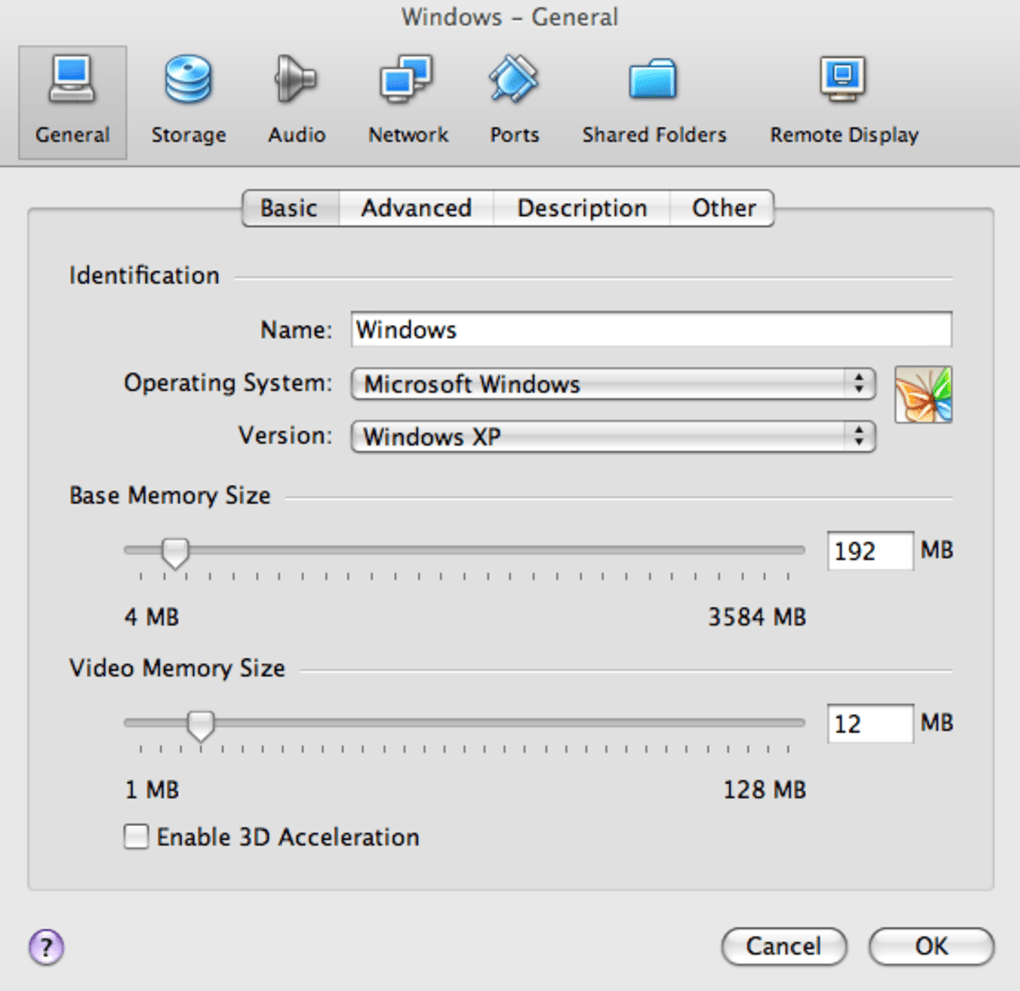
Note that Docker Desktop will not run if you do not agree to the terms. The Docker Pro, Team, and Business subscriptions include commercial use of Docker Desktop.Paid subscriptions are also required for government entities.Otherwise, it requires a paid subscription for professional use.Docker Desktop is free for small businesses (fewer than 250 employees AND less than $10 million in annual revenue), personal use, education, and non-commercial open source projects.The Docker menu ( ) displays the Docker Subscription Service Agreement window. If you’re installing Ubuntu or Ubuntu-based distros, we’d recommend selecting at least 4GB of RAM. Then, click “Next.Install and run Docker Desktop on Mac Install interactivelyĭouble-click Docker.dmg to open the installer, then drag the Docker icon toĭouble-click Docker.app in the Applications folder to start Docker. For example, choose Ubuntu for an Ubuntu-based distro like Pop!_OS or Linux Mint.Īllocate the RAM using the slider or enter the value in the text box. If your distro isn’t listed, choose the closest distro, or the one it’s based on.


RELATED: The Best Linux Distributions for BeginnersĮnter a name for your Virtual Machine, choose a location you want to save it in, change the type to “Linux”, and set the version to the distro you’re using. If you haven’t already, choose a distro and start downloading the ISO so that it’s ready by the time we reach the step where we load it into the VM. The steps for installing Linux in VirtualBox are pretty much the same on Windows, Linux, and macOS.

Ubuntu Linux: Which Distro Should You Choose? Installing Linux in VirtualBox If you’re stuck, learn how to install a DEB file and an RPM file in Linux. Download the relevant package and double-click on it to install VirtualBox. Ubuntu and Debian use DEB files, whereas Fedora, OpenSUSE, RedHat Enterprise Linux, and CentOS use RPM files.


 0 kommentar(er)
0 kommentar(er)
